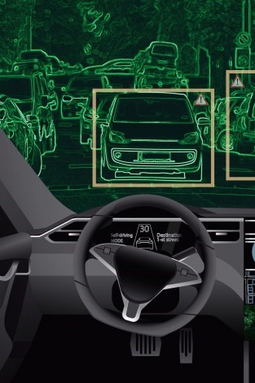Smart Mobility Laboratory

Advanced AI solutions for self driving cars
Autonomous driving is no longer a dream. The automotive industry is evolving the vehicle to take more responsibility over maneuvers. Convincing drivers to hand over control requires significant trust in the vehicle’s ability to plan the right maneuvers and strategies. Awareness is thus growing of the potential risk of serious accidents, for example, design error, poorly specified goals or simple misapplication by the AI. The certification of an AI-driven system is therefore one of the open challenges of science and engineering for the near future of autonomous driving.
Some approaches to the problem may lie in the definition of regions of attraction, in formal verification (in the face of the well-known vulnerability of the celebrated deep learning) or in the intelligibility of predictors. The eXplainable AI (XAI) solutions studied at IEIIT, together with the high TRL (7) of automotive solutions on the field allow to give a significant advance in this line of research. This also includes the support of efficient implementation of XAI on vehicle on-board units.
Beyond 5G vehicular networks
Current vehicular communication technologies were designed for a so-called phase 1, where cars needed to advise of their presence. Several projects, research activities and field tests have proved their effectiveness to this scope. But entering the phase 2, where awareness needs to be improved with non-connected objects and vulnerable road users, and even more with phases 3 and 4, where also coordination among the road-users is foreseen through the sharing of sensory data, doubts arise due to the spectrum scarcity.
In this complex scenario we are going to investigate various solutions that i) belong to the 5G and beyond roadmap, ii) involve new emerging networking paradigms to improve vehicular data dissemination, while preventing congestion and better exploiting resources and iii) consider edge computing and machine learning techniques to efficiently process and mine the massive amounts of sensor data.

